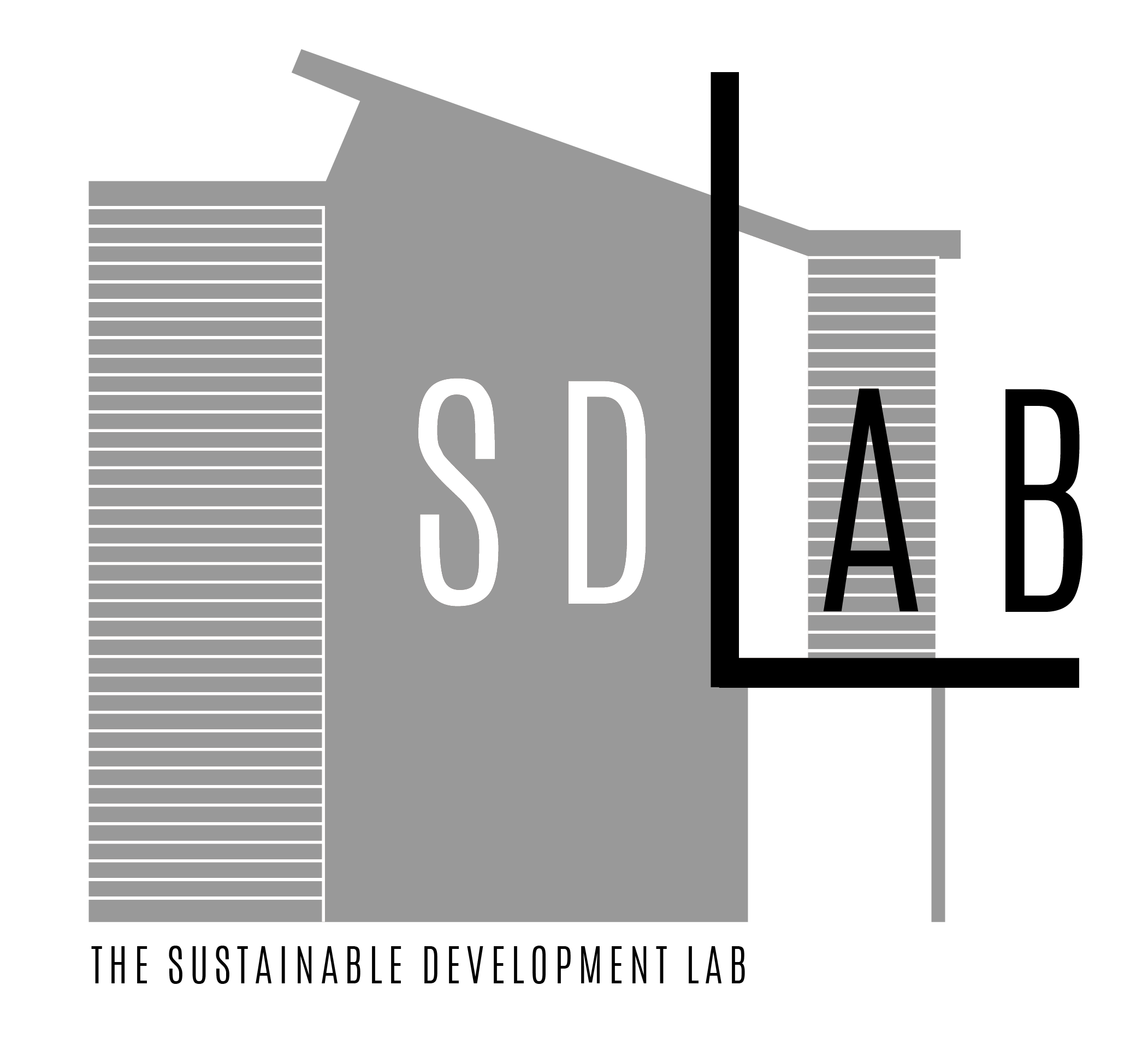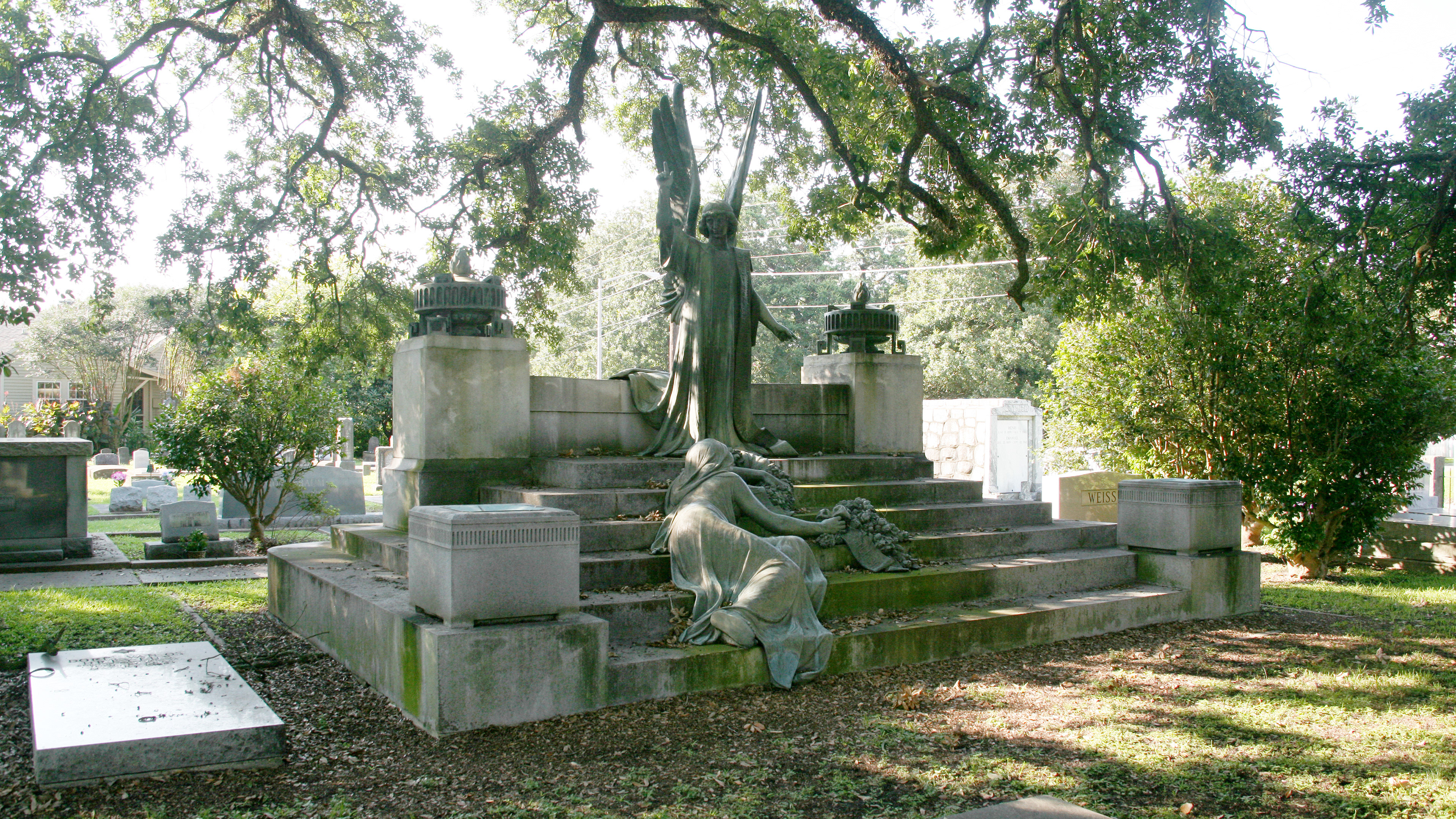PROJECT THEMES & STRUCTURE
This is a brief introduction to a book project with the working title: From Slavery to FreeTown: The Making and Reading of Place. Our vision is to assemble an edited, cross-disciplinary collection of scholarly papers mixed with local community narratives, family histories, accounts of events, illustrated descriptions of built landscapes, family genealogies, maps, chronologies, and photos. This book will provide a collage of interpretive perspectives that captures the historic development and diverse nature of the neighborhoods that now comprise the Freetown-Port Rico National Historic District (established in 2016), and the Louisiana Greater Freetown Cultural District (proposed in 2019). These suburban neighborhoods historically developed from the same large antebellum plantation called Ile Copal. We use the unique spelling “FreeTown” to refer to “Greater Freetown,” the larger, multi-neighborhood community that developed on the former grounds of Governor Alexander Mouton’s Ile Copal plantation.
FreeTown is a contemporary living, working, and recreation space that illustrates the importance of place in the understanding of identity. This book explores the history of FreeTown from aboriginal habitation, to slave-operated farmscape, through the modernizing advent of the rail, and the building of working-class neighborhoods. Throughout its history, FreeTown has remained racially and culturally diverse. Descendants of Louisiana’s oldest families still reside in FreeTown and their stories help us understand how social relationships and cultural traditions intertwine with historical development.
Contemporary perceptions of identity continue to emerge from the social, cultural, and economic evolution of FreeTown. Residents and visitors share a vibrant mix of older and newly-created expressions in art, music, and performance. For many, local identity remains loosely tethered to the older built environment, traditions, stories, and memories. But local residents and visitors also tend to embrace creativity in all forms of lived experience.


